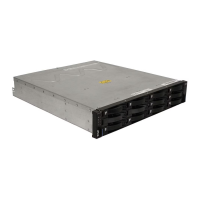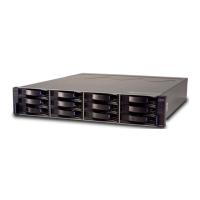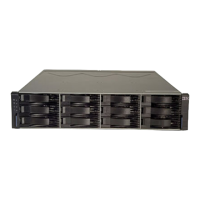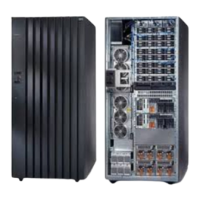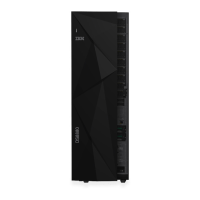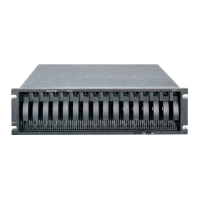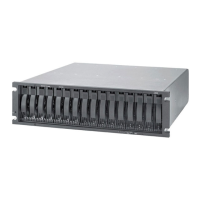Chapter 3. IBM System Storage DS3500 Storage System planning tasks 49
Draft Document for Review March 28, 2011 12:24 pm 7914DS3KPlanning_090710.fm
3.3.1 Selecting drives
The speed and the type of the drives used will impact the performance. Typically, the faster
the drive, the higher the performance. This increase in performance comes at a cost; the
faster drives typically cost more than the lower performance drives.
The DS3500 Storage System currently supports the following types of SAS drives for the two
different models of chassis as shown below in Table 3-2.
Table 3-2 DS3500 families HDD support
The Full Disk Encryption (FDE) drives; are drives with built-in disk encryption hardware that
prevents unauthorized access to the data on a drive that is physically removed from the
storage subsystem.
The speed of the drive is measured by the number or revolutions per minute (RPM). A 15K
drive rotates 15,000 times per minute. With higher speeds, the drives tend to be denser,
because a large diameter plate driving at such speeds is likely to wobble. With the faster
speeds, greater throughput is possible.
Seek time is the measure of how long it takes for the drive head to move to the correct sectors
on the drive to either read or write data. It is measured in thousands of a second (milliseconds
or ms). The faster the seek time, the quicker data can be read from or written to the drive. The
average seek time reduces when the speed of the drive increases. Typically, a 7.2K drive will
have an average seek time of around 9 ms, a 10K drive will have an average seek time of
around 5.5 ms, and a 15K drive will have an average seek time of around 3.5 ms.
Command queuing (or queue depth) allows for multiple commands to be outstanding to the
disk drive at the same time. The drives have a queue where outstanding commands can be
dynamically rescheduled or re-ordered, along with the necessary tracking mechanisms for
outstanding and completed portions of workload. The DS3500 provides a drive command
queue depth of four operations per disk. The
High Performance Tier increases the queue
depth for all drives to 16.
Avoid using the SAS nearline drives for high IOPS operations. SAS nearline can, however, be
used for streaming and archiving applications. These are both very good uses for the slower
RPM drives, where high throughput rates are required, at a lower cost. If properly configured,
Drives Supported DS3512/EXP3512 DS3524/EXP3524
SAS 15KRPM 300GB, 450GB,
600GB
73GB, 146GB
SAS 15KRPM FDE 600GB None
SAS 10KRPM None 300GB
SAS 10KRPM FDE None 300GB
Nearline SAS
7.5KRPM
1TB, 2TB 500GB
Maximum drives 12/96 24/96
Storage system
capacity (max)
450 GB SAS / 1 TB
SATA
450 GB SAS / 1 TB
SATA
Best practice: Generally it is best to use the fastest drives available for best performance.
This can be critical to transaction based (high IOPS) workloads.

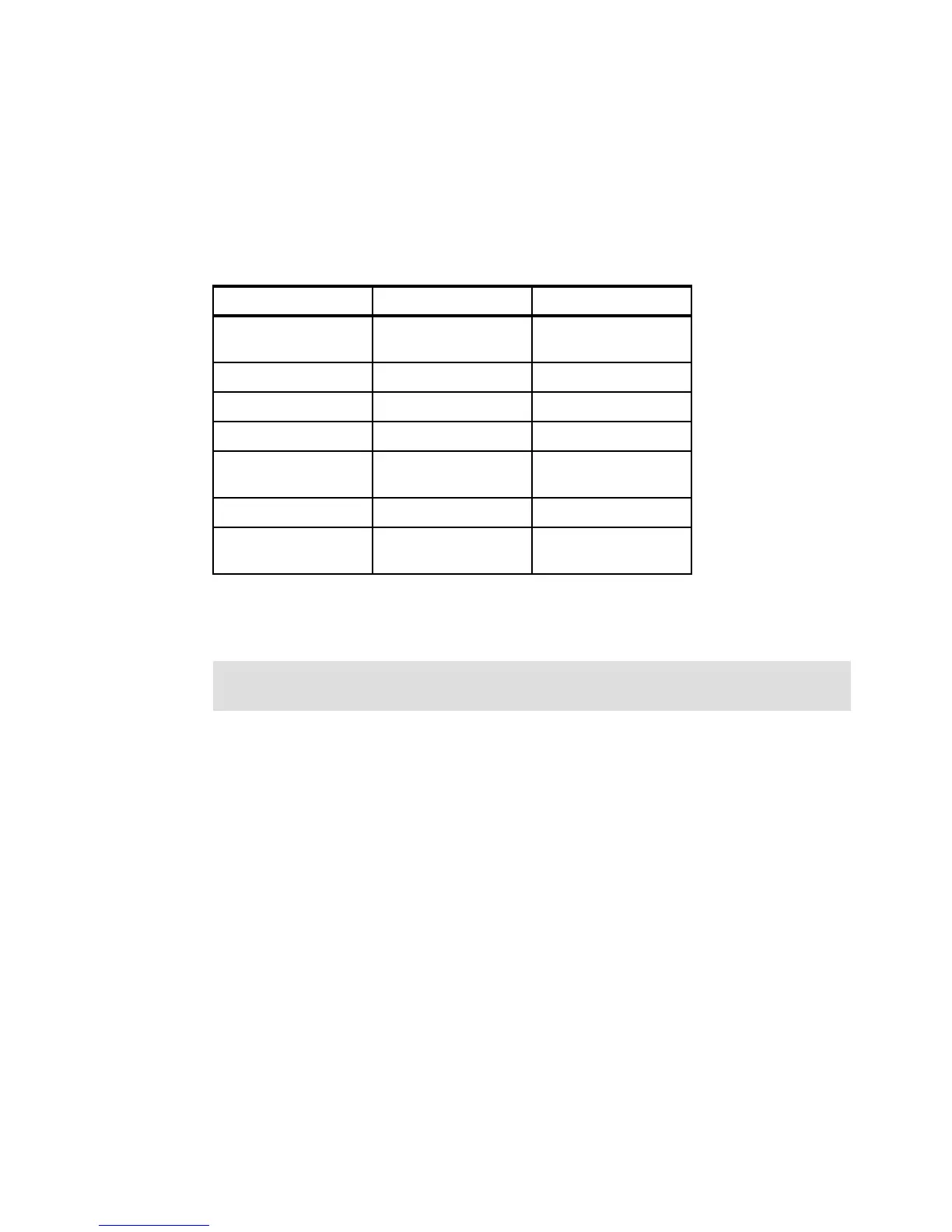